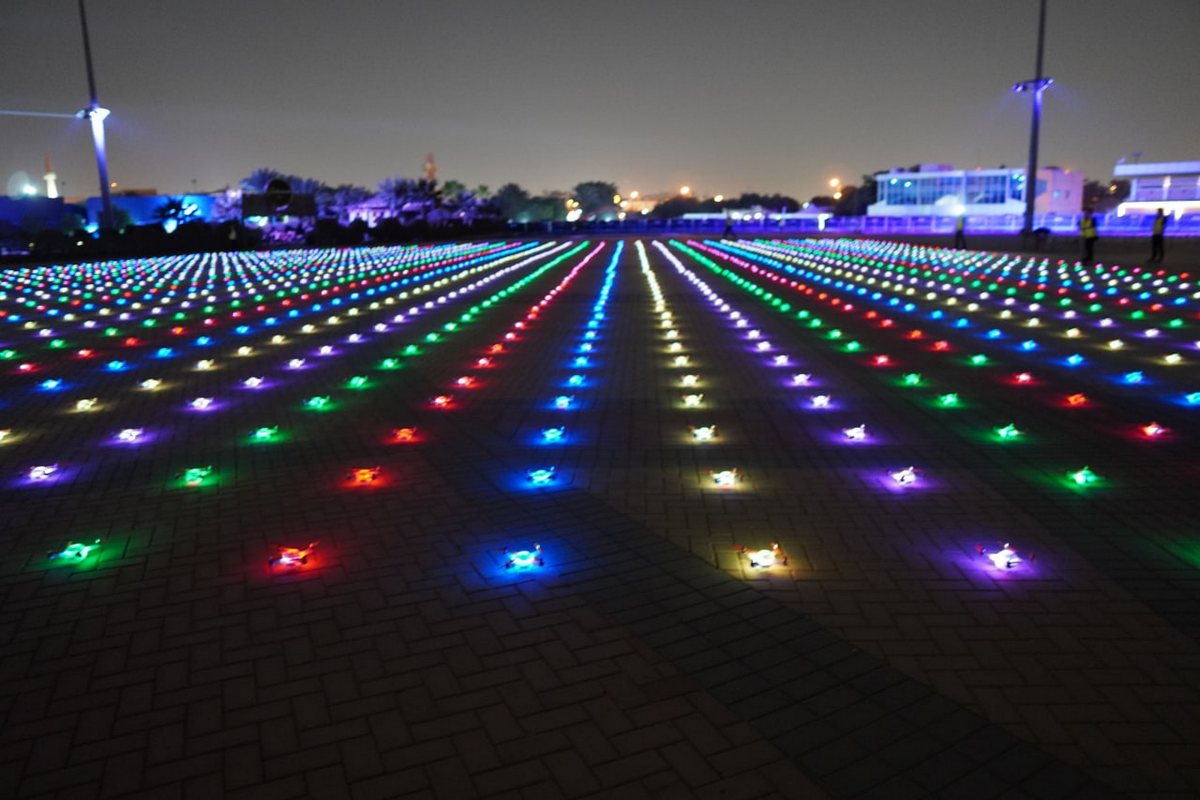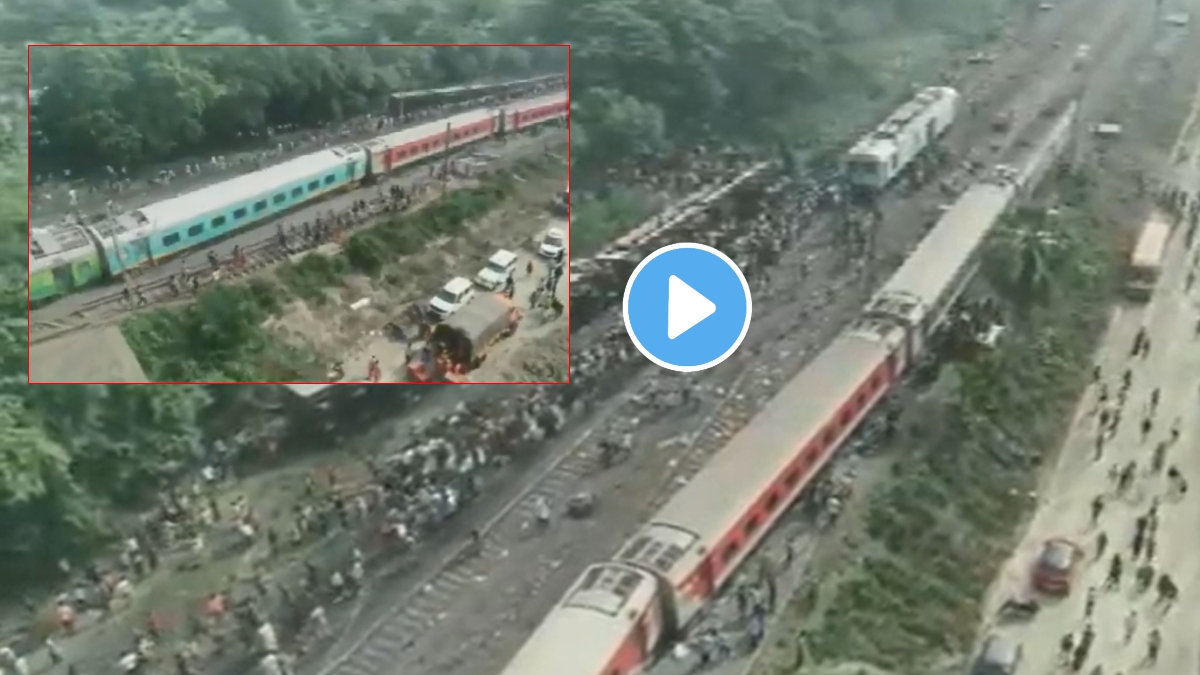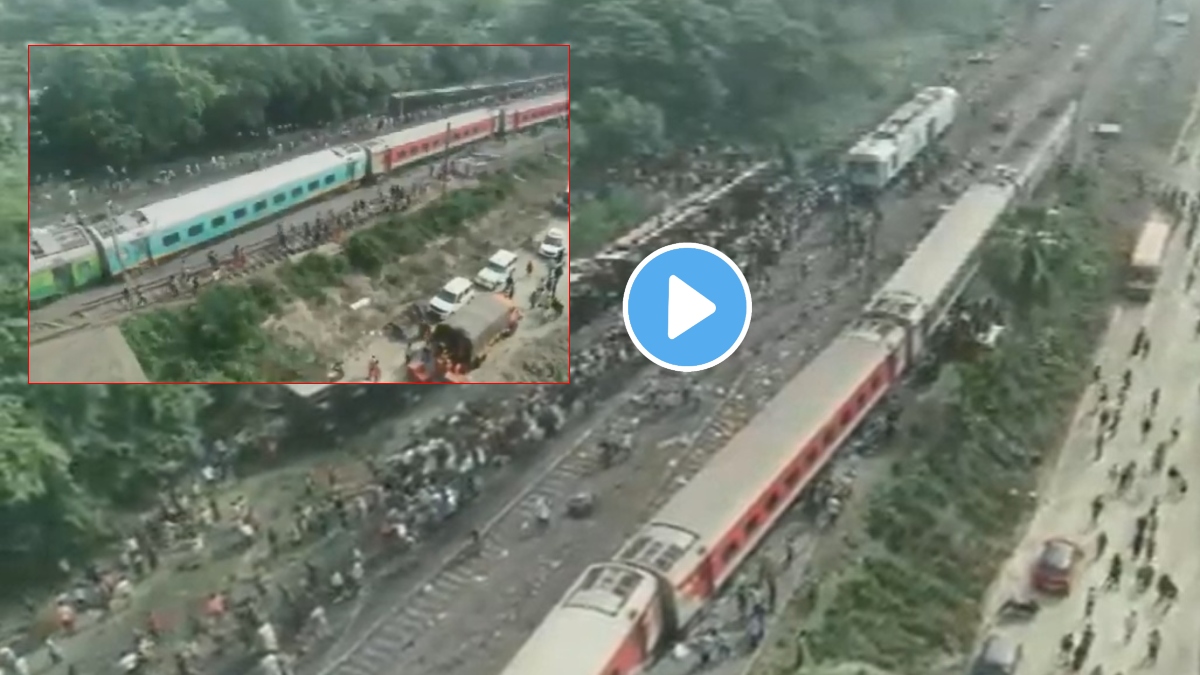Drone show accidents, while relatively rare, highlight the inherent risks associated with large-scale drone operations. These incidents can range from minor malfunctions to catastrophic failures, underscoring the need for robust safety protocols and technological advancements. This guide delves into the various facets of drone show accidents, exploring their causes, consequences, and preventative measures.
From understanding the different types of accidents—malfunctions, collisions, and weather-related incidents—to examining the role of human error and inadequate training, we’ll cover the key aspects impacting drone show safety. We’ll also explore existing safety regulations and protocols, along with technological innovations designed to prevent future accidents. Case studies and post-accident procedures will further illuminate best practices and highlight the importance of thorough investigations.
Drone Show Accidents: A Comprehensive Overview
Drone shows, while visually stunning, present unique safety challenges. Understanding the types of accidents, implementing robust safety protocols, and leveraging technological advancements are crucial for mitigating risks and ensuring the continued enjoyment of these spectacular displays. This article provides a detailed examination of drone show accidents, encompassing various aspects from accident types to post-accident procedures.
Types of Drone Show Accidents
Drone show accidents can be broadly categorized into malfunctions, collisions, and weather-related incidents. Human error is a significant contributing factor across all categories.
| Type of Accident | Description | Frequency (Estimate) | Contributing Factors |
|---|---|---|---|
| Malfunctions | Mechanical failures (e.g., motor failure, battery malfunction), software glitches, GPS signal loss. | High – accounts for a significant portion of accidents | Poor maintenance, use of sub-standard components, inadequate software testing. |
| Collisions | Drones colliding with each other, obstacles (e.g., buildings, trees), or even birds. | Moderate – often a result of other failures or poor planning. | Inadequate spacing between drones, lack of obstacle avoidance systems, poor flight planning. |
| Weather-Related Incidents | Strong winds, rain, or fog impacting drone stability and control. | Moderate – highly dependent on location and weather conditions. | Insufficient weather monitoring, failure to postpone or cancel the show in adverse conditions. |
Drone failures can manifest in various ways, including sudden loss of control, uncontrolled descent, mid-air stalls, and unexpected maneuvers. These failures often stem from issues with the drone’s propulsion system, flight control system, or communication systems. Human factors such as inadequate pilot training and improper maintenance practices also significantly contribute to these malfunctions. Human factors, such as pilot error (inaccurate flight programming, poor decision-making under pressure), insufficient training, poor communication amongst the pilot team, and inadequate pre-flight checks are common contributors to drone show accidents.
Inadequate planning, including neglecting to account for environmental factors or potential hazards, also plays a significant role.
Safety Regulations and Protocols, Drone show accident

Safety regulations for drone shows vary significantly across jurisdictions. Some regions have comprehensive guidelines, while others are still developing their regulatory frameworks.
- United States: The Federal Aviation Administration (FAA) regulates drone operations, including drone shows, requiring pilot certification and adherence to specific airspace regulations.
- European Union: The EU has implemented regulations under the framework of EASA, focusing on safety standards and pilot licensing for commercial drone operations.
- China: China’s Civil Aviation Administration of China (CAAC) sets standards for drone operation, including permissions and flight restrictions for large-scale shows.
A hypothetical set of safety protocols for a large-scale drone show would include:
- Pre-flight checks: Thorough inspection of all drones, batteries, and communication systems; weather monitoring and contingency planning.
- Emergency procedures: Designated emergency landing zones, procedures for dealing with drone malfunctions or collisions, and communication protocols for immediate response.
- Communication strategies: Clear communication channels between pilots, ground control, and other stakeholders; use of redundant communication systems.
Risk assessment and mitigation approaches range from simple checklists to sophisticated simulations. Some operators employ fail-safe mechanisms, such as redundant control systems or automatic landing capabilities, while others rely heavily on pilot skill and real-time monitoring.
Technological Advancements for Accident Prevention

Several technological advancements can significantly improve drone show safety.
Drone show accidents, sadly, aren’t unheard of. These spectacular displays rely on precise technology, and sometimes things go wrong. For example, check out the details of a recent incident – you can find info on the orlando drone show accident – to see what can happen. Understanding these events helps improve safety protocols for future drone shows, minimizing risks for both the audience and the technology involved.
- Improved GPS systems with enhanced accuracy and reliability.
- Sophisticated obstacle avoidance technology using sensors (LiDAR, radar, cameras) and AI-powered algorithms.
- Redundant control systems that allow for failover in case of primary system failure.
- Advanced battery management systems to prevent unexpected power loss.
AI and machine learning can enhance safety by analyzing flight data in real-time, predicting potential hazards, and automatically adjusting flight parameters to prevent accidents. Autonomous drone systems offer the potential for greater precision and coordination, but also require robust safety mechanisms to account for unforeseen circumstances. The benefits include increased efficiency and reduced reliance on human intervention, while limitations include the potential for software glitches and the need for extensive testing and validation.
Case Studies of Drone Show Accidents
A hypothetical scenario: During a large-scale drone show, a sudden power surge caused a cascading failure in the central control system, leading to multiple drones losing control and colliding. This resulted in some drones falling to the ground, causing minor property damage but thankfully no injuries. The investigation revealed a faulty power supply and inadequate redundancy in the control system.
Drone show accidents are thankfully rare, but safety is paramount. One incident that highlights potential risks involved is when a drone malfunctioned, leading to a scary situation where a boy was injured; check out this report for more details on that specific case: boy hit by drone. This incident underscores the need for rigorous safety protocols and careful planning in any drone show to prevent similar accidents.
A comparative analysis of two hypothetical accidents, one caused by pilot error and the other by a software glitch, would highlight the different contributing factors and the need for comprehensive training and rigorous software testing. Lessons learned from these accidents could include the importance of redundancy, real-time monitoring, and fail-safe mechanisms.
Post-Accident Procedures and Investigations
Investigating a drone show accident involves a systematic approach:
- Secure the accident site and preserve evidence.
- Interview witnesses and collect statements.
- Analyze flight data from onboard sensors and flight recorders.
- Inspect the damaged drones and identify the root cause of the accident.
- Prepare a detailed accident report with recommendations for preventing future accidents.
Show organizers, pilots, and regulatory bodies all have responsibilities in the aftermath of an accident. Organizers are responsible for coordinating the investigation and ensuring public safety. Pilots must cooperate with the investigation and provide relevant information. Regulatory bodies oversee the investigation and enforce safety regulations. Data from flight recorders or onboard sensors can provide valuable insights into the sequence of events leading up to the accident, aiding in determining the root cause.
Drone show accidents, sadly, aren’t unheard of. These spectacular displays rely on precise technology, and sometimes things go wrong. For example, check out the details of a recent incident – you can find info on the orlando drone show accident – to see what can happen. Understanding these events helps improve safety protocols for future drone shows, minimizing risks for both the audience and the technology involved.
Public Perception and Media Coverage
Negative media coverage of drone show accidents can damage public trust in drone technology. Effective communication strategies are crucial for addressing public concerns and restoring confidence. This includes transparent communication about the accident, the investigation process, and steps taken to improve safety.A hypothetical media release would include: a concise description of the accident, confirmation of any injuries or damage, a statement on the ongoing investigation, and a commitment to implementing safety improvements to prevent future incidents.
Closing Notes

Ultimately, preventing drone show accidents requires a multi-faceted approach. This involves stringent safety regulations, comprehensive pilot training, advanced technology integration, and a commitment to continuous improvement. By understanding the causes of past incidents and implementing proactive safety measures, we can significantly reduce the risks associated with these spectacular displays and ensure the continued enjoyment of drone shows for years to come.
The focus must remain on responsible operation and technological advancement to minimize risks and maintain public trust in this exciting technology.
Popular Questions
What is the most common cause of drone show accidents?
Pilot error, including inadequate training and poor planning, is frequently cited as a major contributing factor.
What role does weather play in drone show accidents?
Adverse weather conditions, such as strong winds or heavy rain, can significantly impact drone stability and performance, leading to accidents.
What kind of insurance is needed for drone shows?
Comprehensive liability insurance is crucial to cover potential damages or injuries resulting from accidents.
Are there international standards for drone show safety?
While not fully standardized internationally, many countries are developing specific regulations for drone operations, including shows. These often cover aspects like pilot licensing, airspace restrictions, and emergency procedures.
